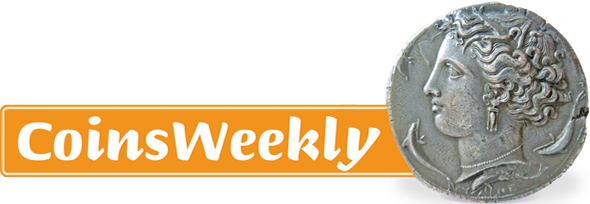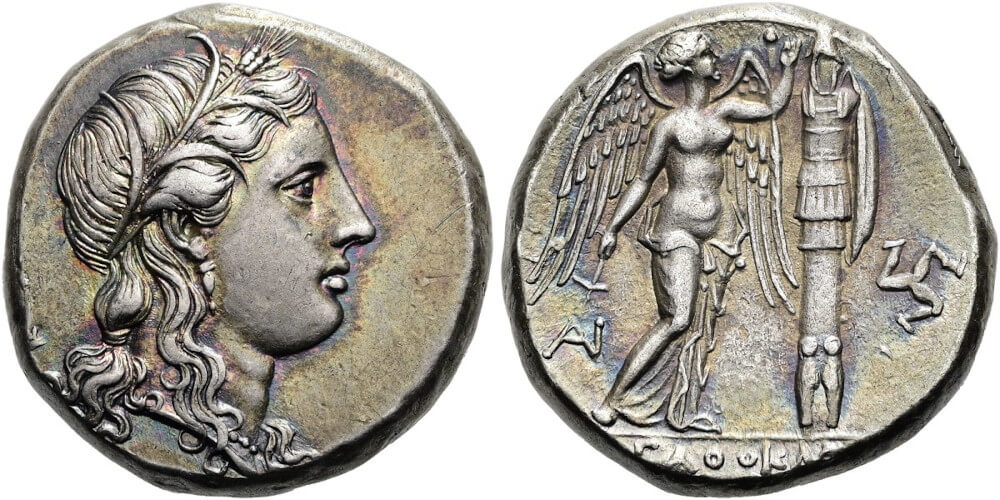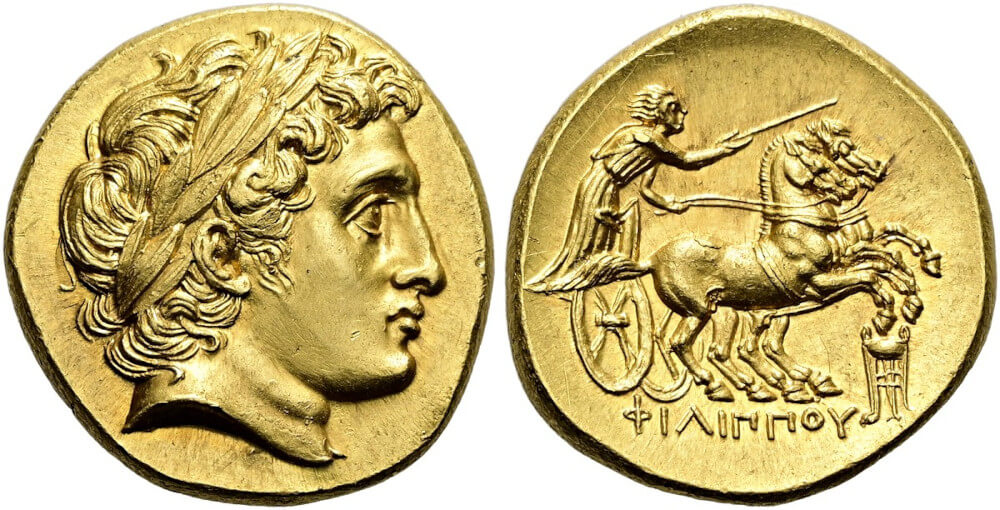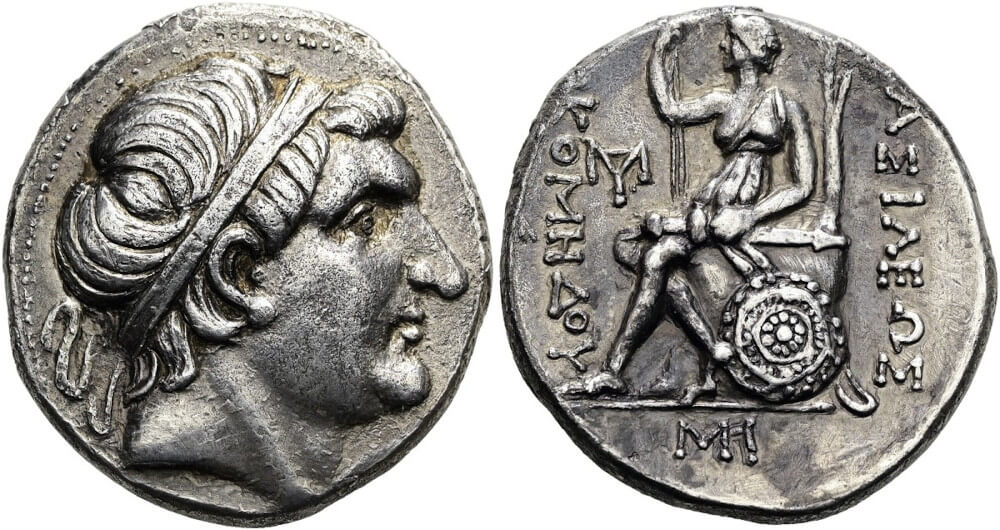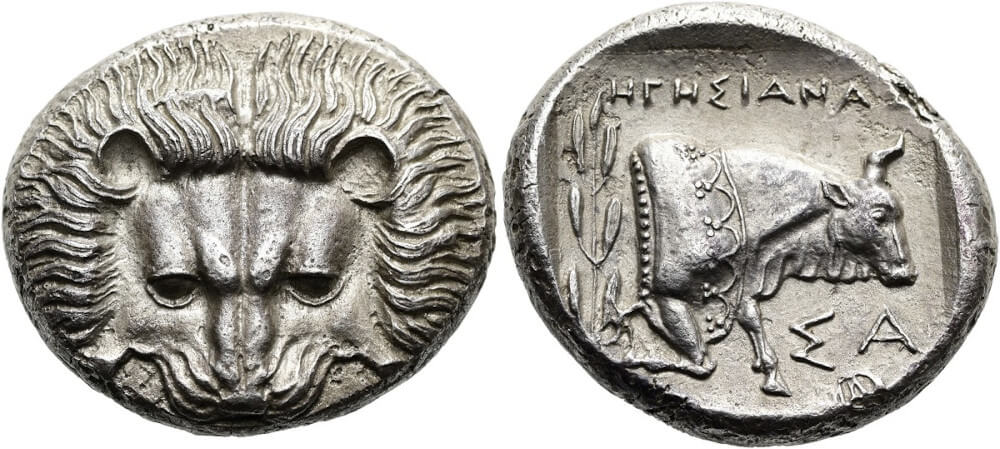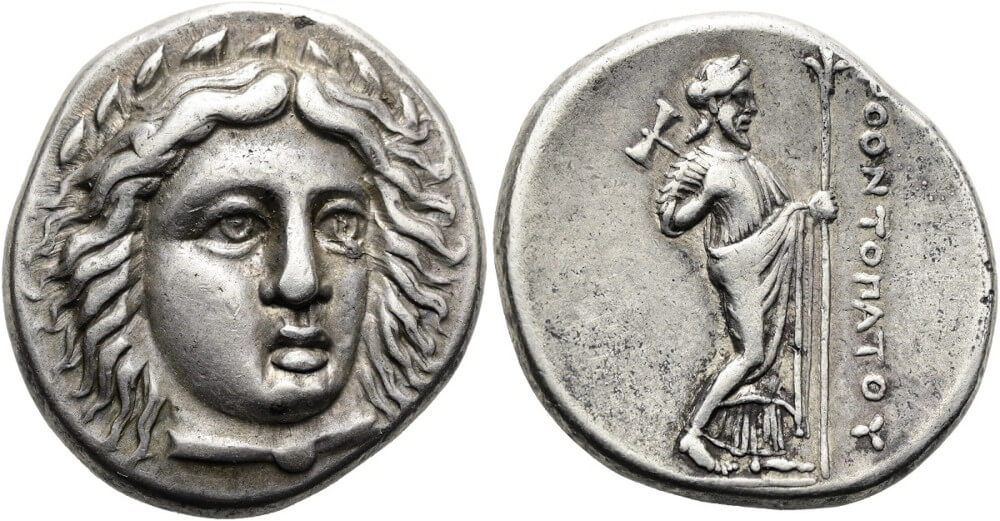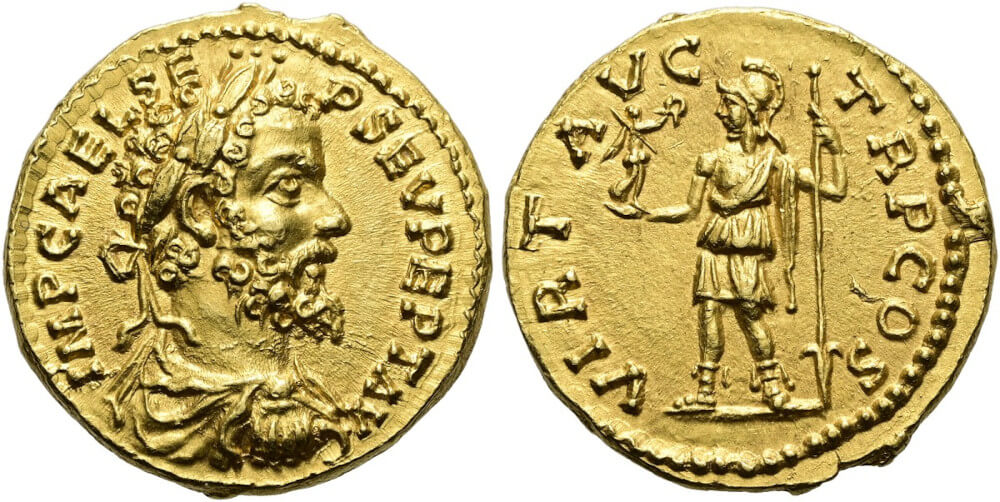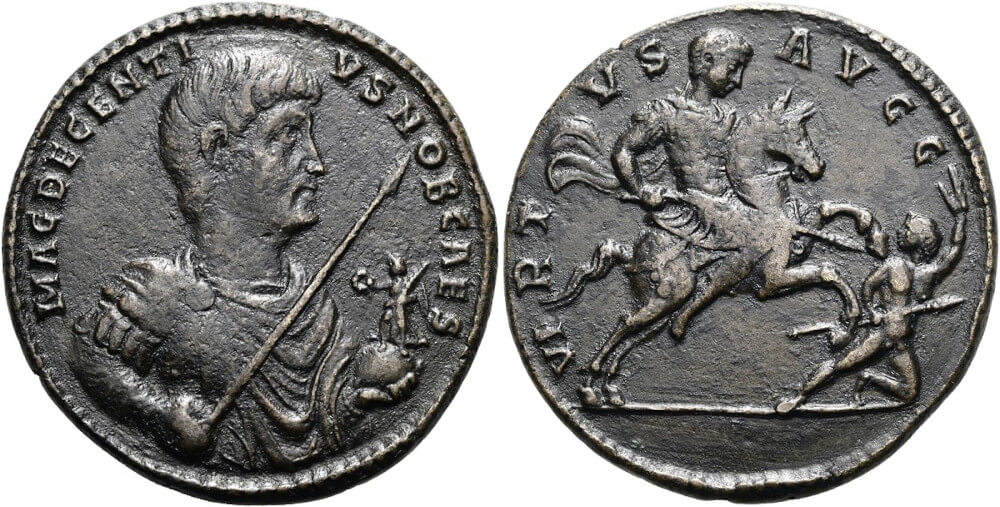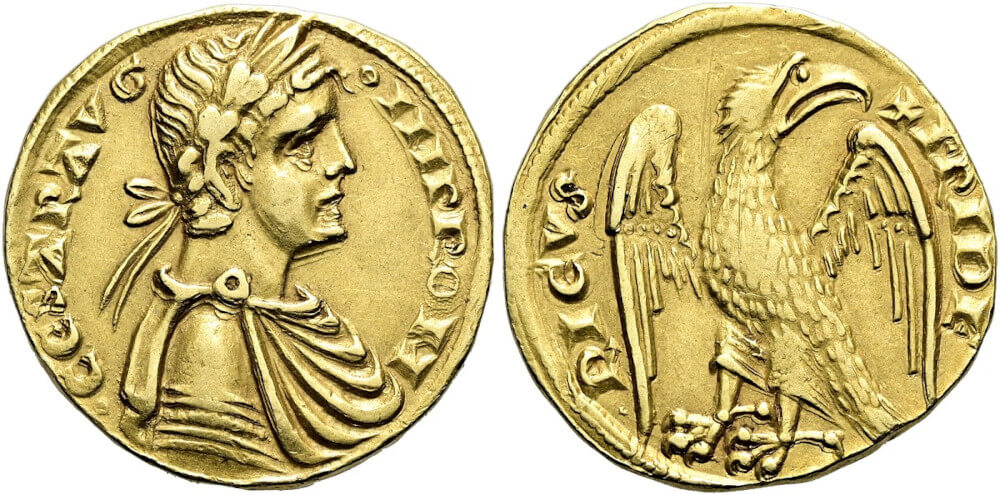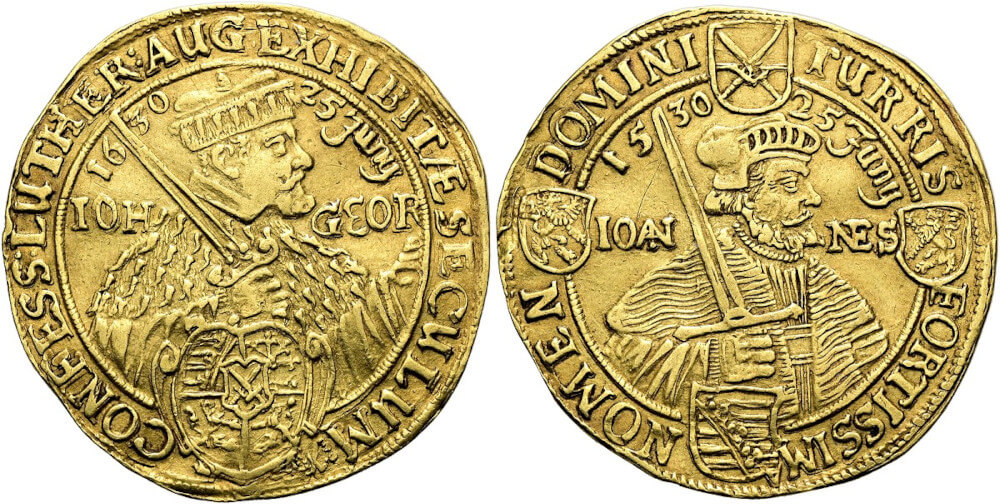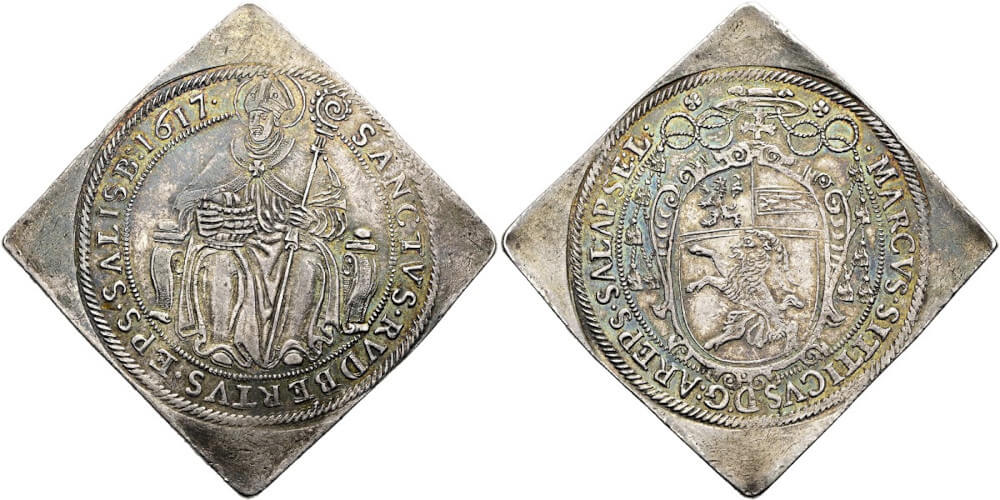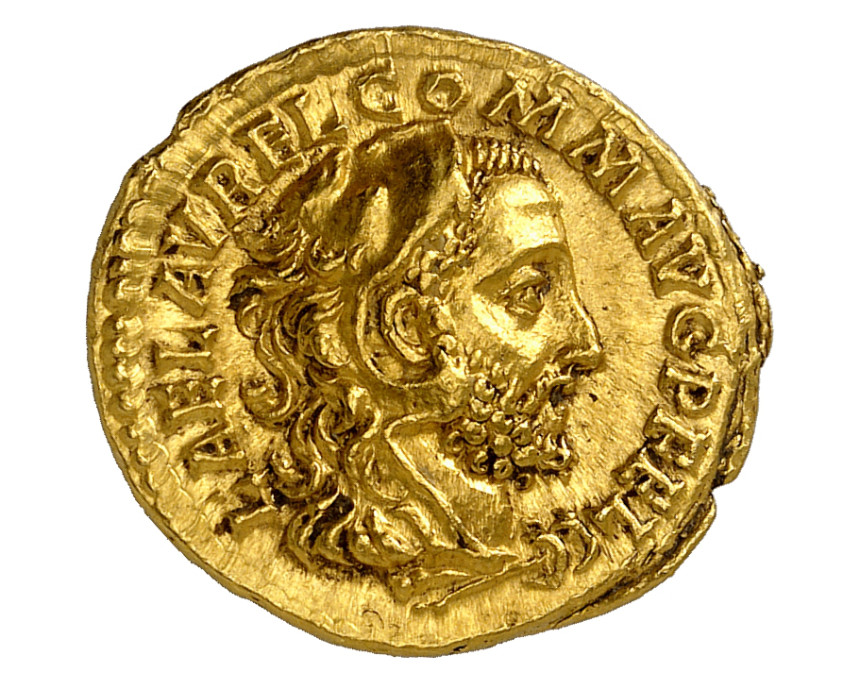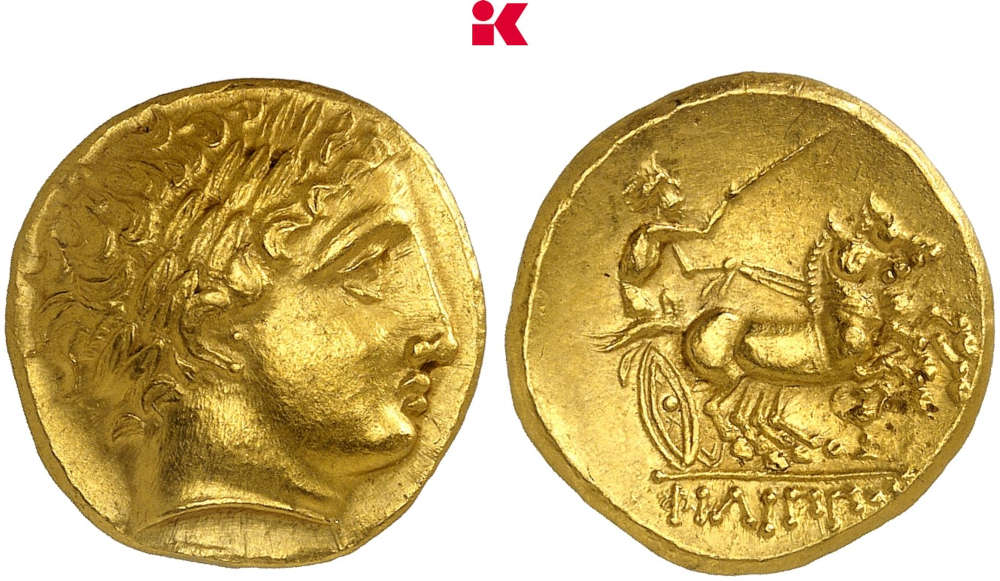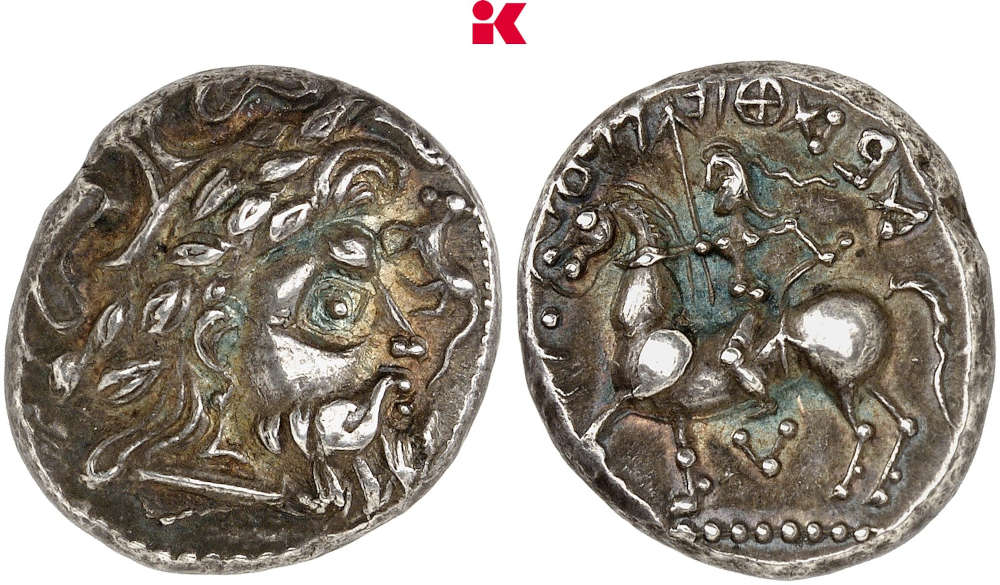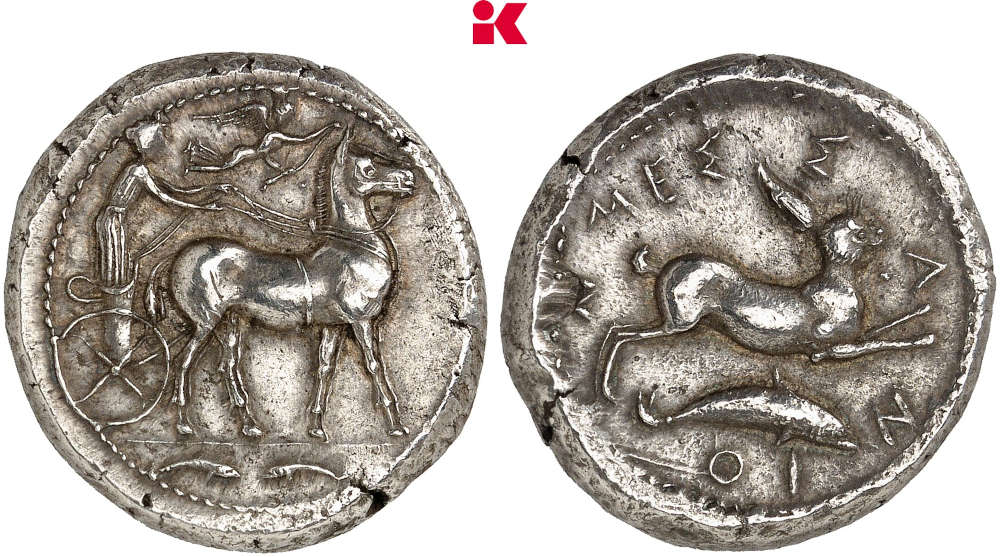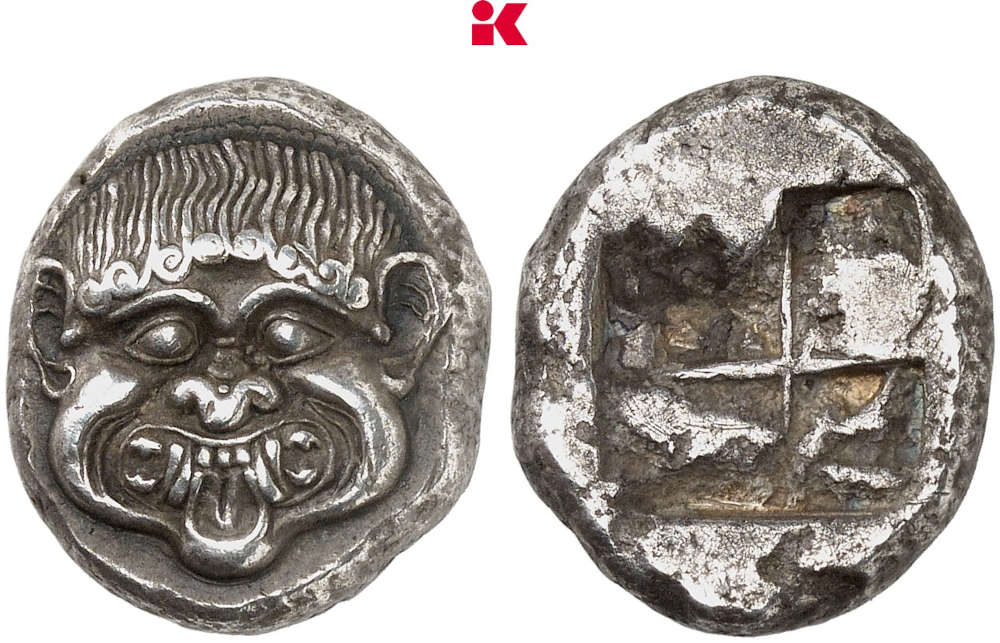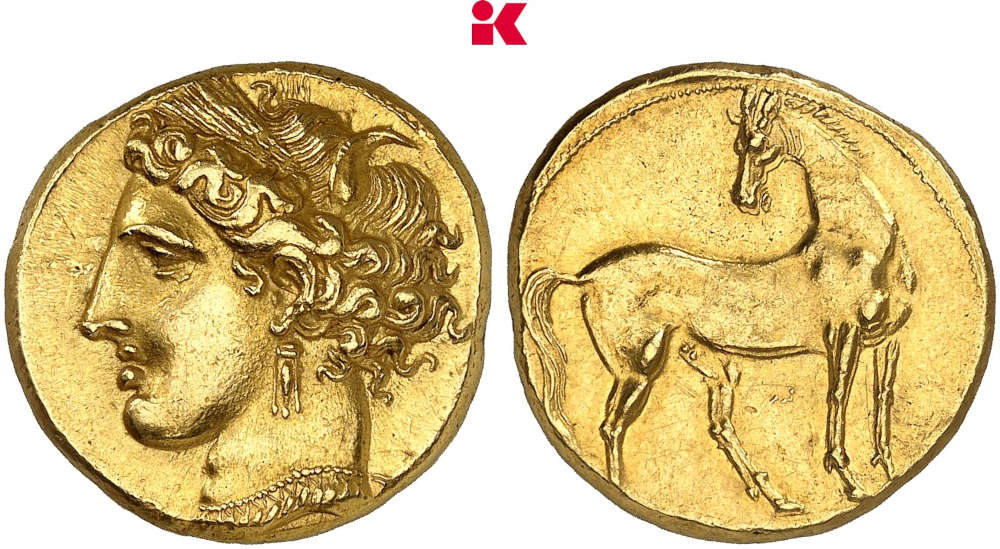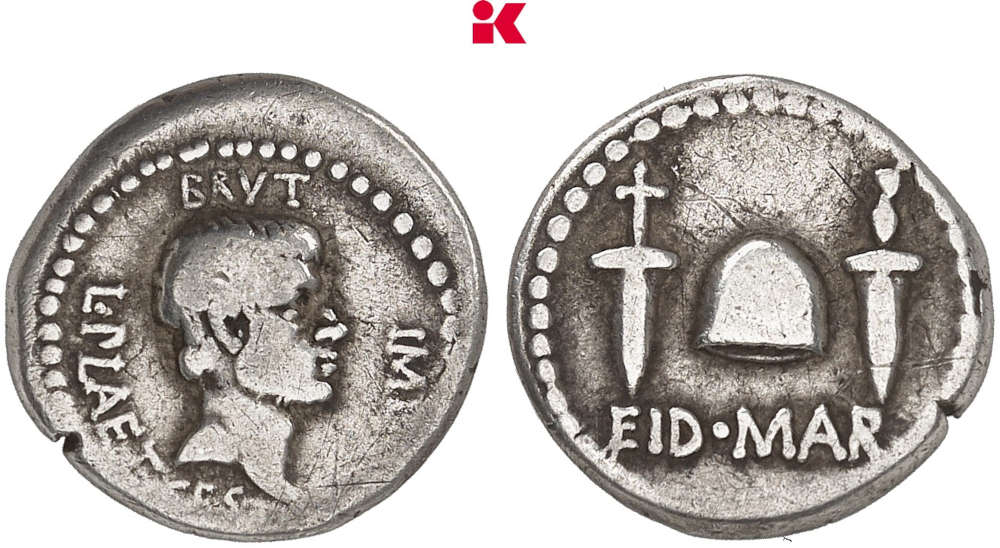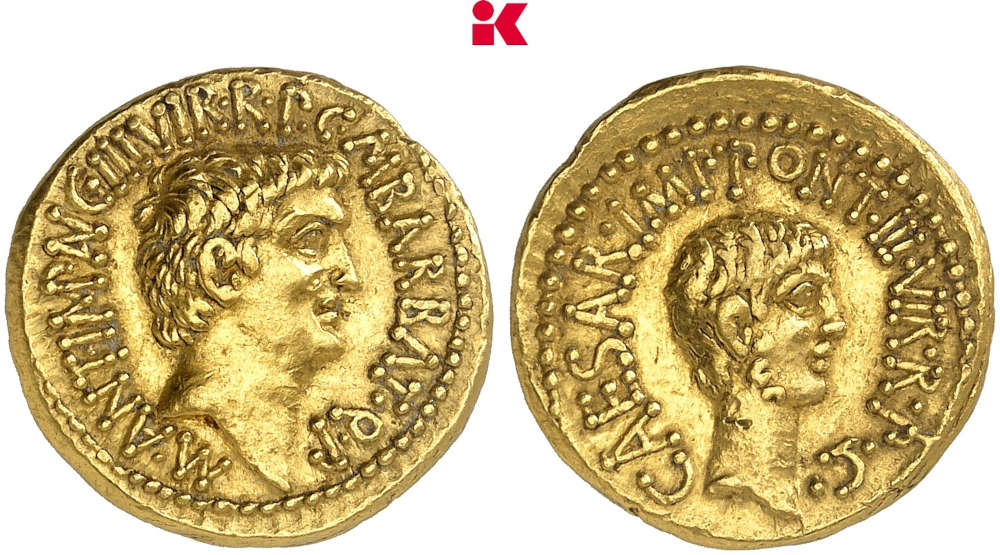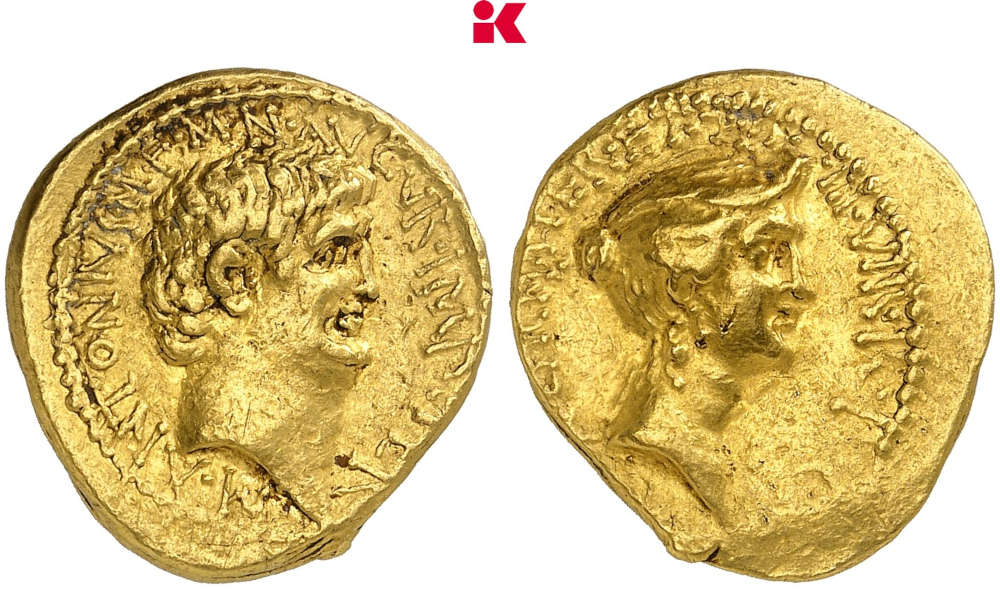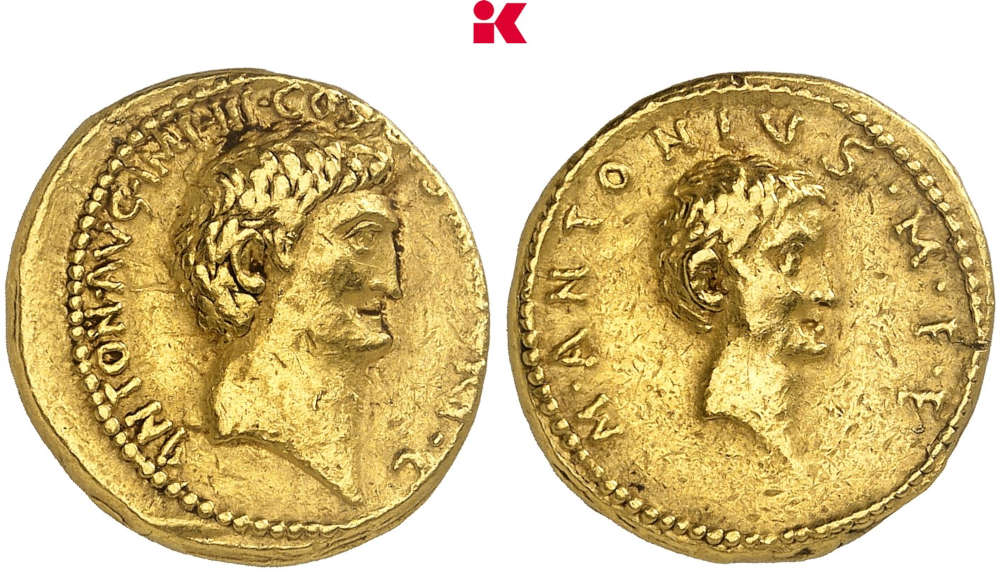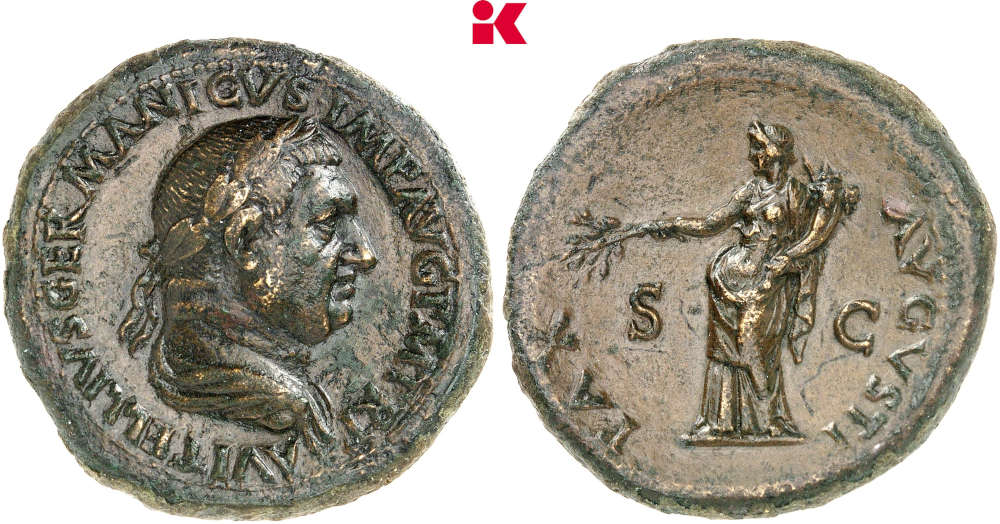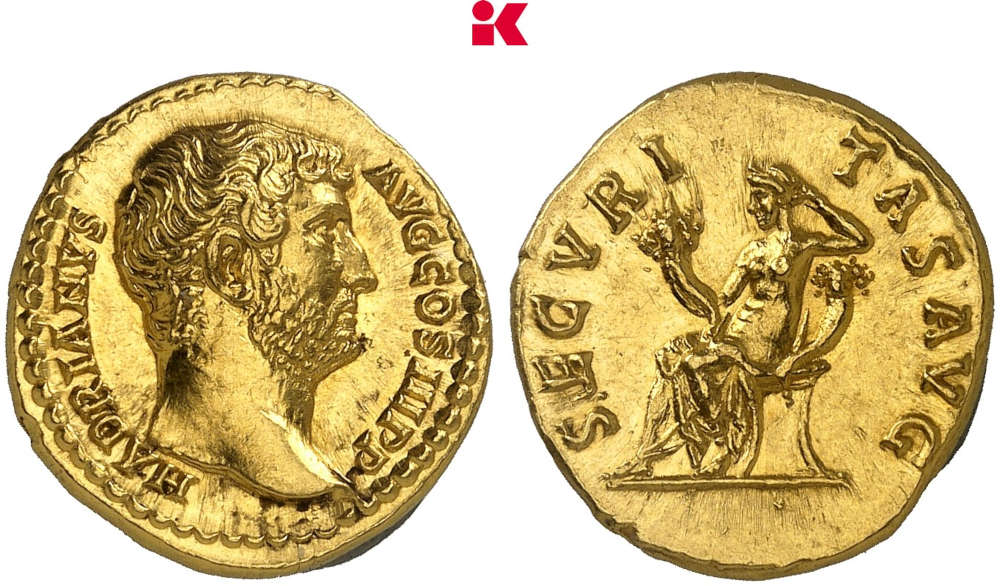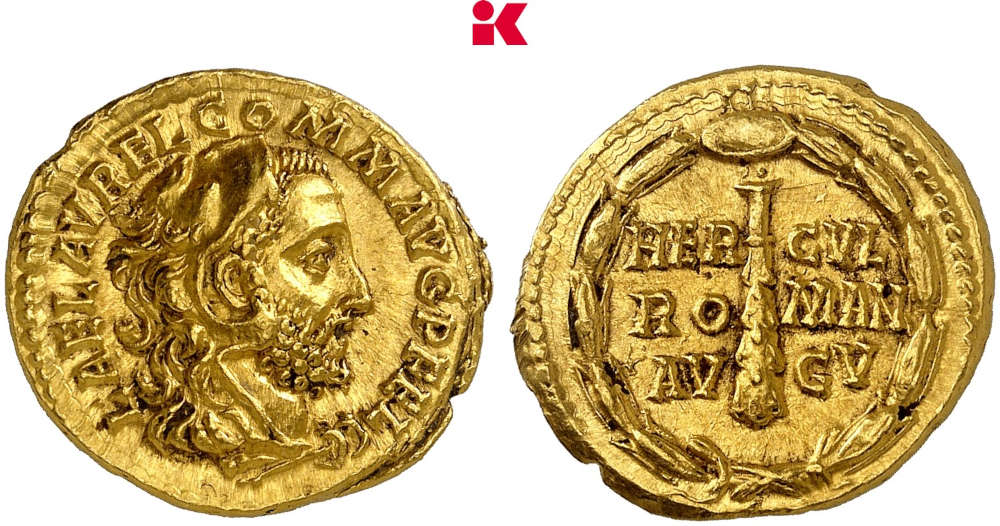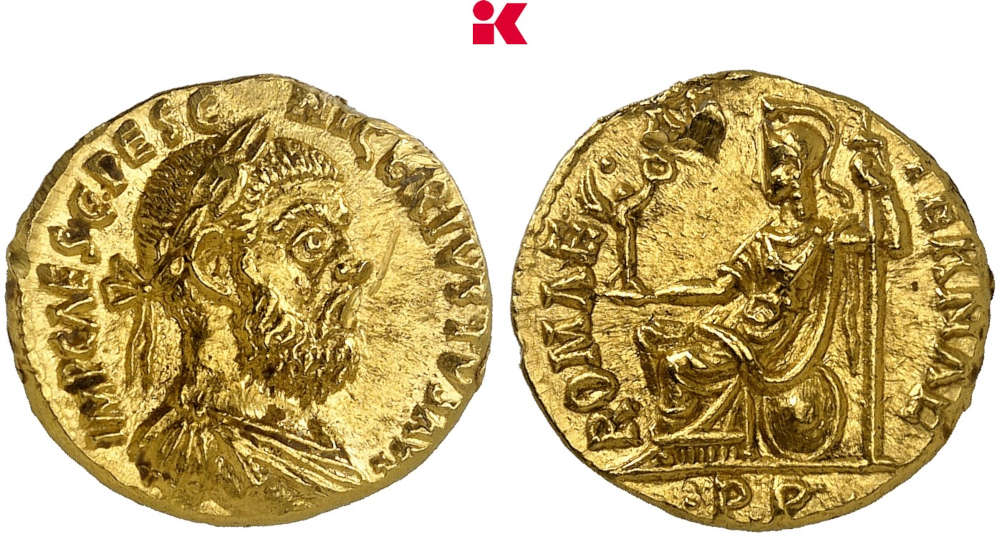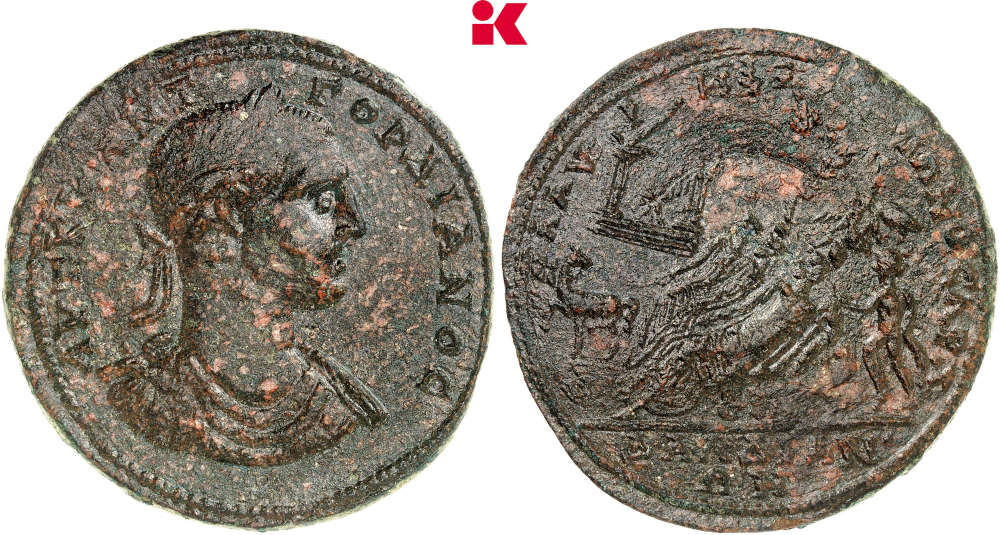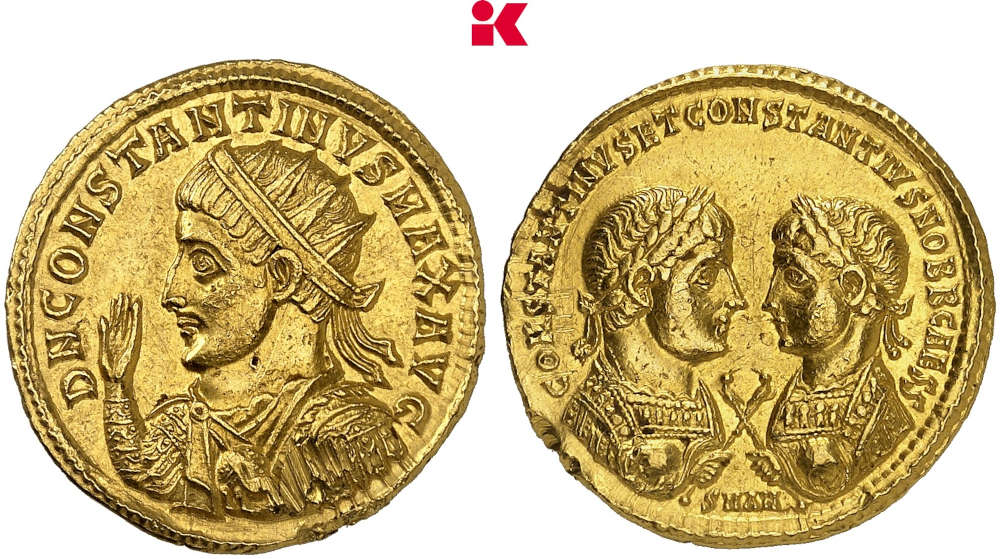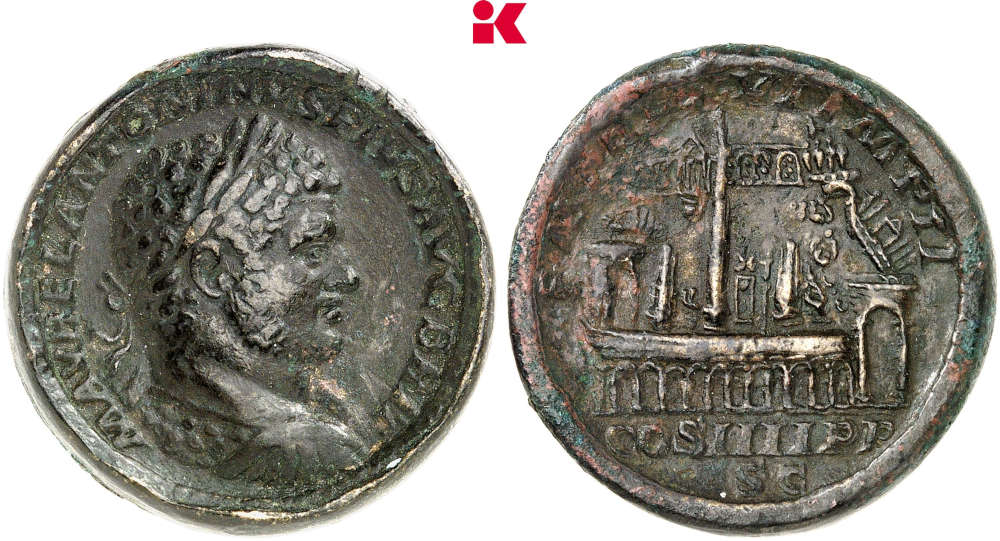The Collection of a Lawyer: Roman Coins with Exquisite Provenances
Künker
Auction 419
Coins
17 March 2025
D-Osnabrück
Only 638 lots will be offered in Künker’s auction 419 of ancient coins. But these 638 lots are truly special. No matter whether you are interested in Celtic rarities, the finest Greek art or outstanding Roman portraits – in auction 419 you will find what you are looking for. The offer presents several collections. Two of them are particularly remarkable: for one the collection of a lawyer who exclusively bought Roman coins with exquisite provenances; and an anonymous collection that was completed before 1990 and contains many showpieces.
Celtic Rarities
Celtic coins are still a specialist area of numismatics that appeals to all those who are looking for something exceptional. In its auction, Künker is offering 37 lots from the Celtic culture, including some highly rare pieces. Connoisseurs will find not only the well-known and popular “rainbow cups” but also rare types such as the imitation of a gold stater based on the coins of Philip II and a tetradrachm of the “tournament horseman” type. Both pieces testify to the fact that the Celts learnt about coinage while fighting as mercenaries in the Macedonian army. Celtic artists used these coins as models for their own designs.
Masterpieces by Greek Engravers
Anyone with a passion for classical aesthetics will be amazed by the impressive skill of Greek engravers. No one created more beautiful designs, some of which influenced coinage right up to modern times. Some very special examples of this coinage can be found in Künker’s auction sale. Most of them have excellent provenances and some have not been on the market for more than three decades. If you love Greek coins, you should study the catalog carefully.
Coins from the Time of the Civil Wars
From a numismatic point of view, the most exciting period of Roman coinage was probably the civil wars that followed Caesar’s death. This is not only because portraits established themselves as a typical coin motif during these years. Never before and never again has there been a time where coins were minted by so many different mints with so many different political messages. The coins of this period give us an insight into day-to-day politics during the last phase of the Roman Republic, with its short-lived alliances that quickly fell apart.
If you are interested in this era, Künker’s catalog 419 is a must-read as it contains a wealth of iconic issues. There are, of course, several portraits of Caesar, but also the famous Eid Mar denarius, which comes from a collection completed before 1990. From the same collection are aurei that combine the portraits of various players, for example Marcus Antonius with Octavian or his sister Octavia. In addition to the Eid Mar denarius, the highlight of this small series is an aureus from a Syrian or Armenian mint showing Marcus Antonius presenting his son and presumed successor, Antonius Antyllus. Antyllus, who had been betrothed to Octavian’s two-year-old daughter Julia at the age of 10, was only 13 years old at the time of the issue. After the suicide of his father and Cleopatra, he fled to the temple of Divus Iulius to seek asylum. But the “peace emperor” Augustus had no mercy: Antyllus, the son of Marcus Antonius and Fulvia, was executed along with 17-year-old Caesarion, the son of Caesar and Cleopatra.
Gold, Silver, Bronze: The Colorful World of Roman Coinage
No matter whether you love Roman aurei, prefer the magnificent portraits of Roman denarii, are desperate for a medallion or want to enjoy beautiful patinas: Künker’s auction 419 has something for every taste. Of course, there are plenty of rare emperors and historically relevant reverses. The many excellent provenances, meticulously noted by the “lawyer”, make many coins highly sought-after, rare and exclusive collectibles that are also popular with investors. It will be interesting to see what results individual pieces will fetch.
To order a catalog contact Künker, Nobbenburger Straße 4a, 49076 Osnabrück; phone: +49 541 / 962020; fax: +49 541 / 9620222; or via e-mail.





